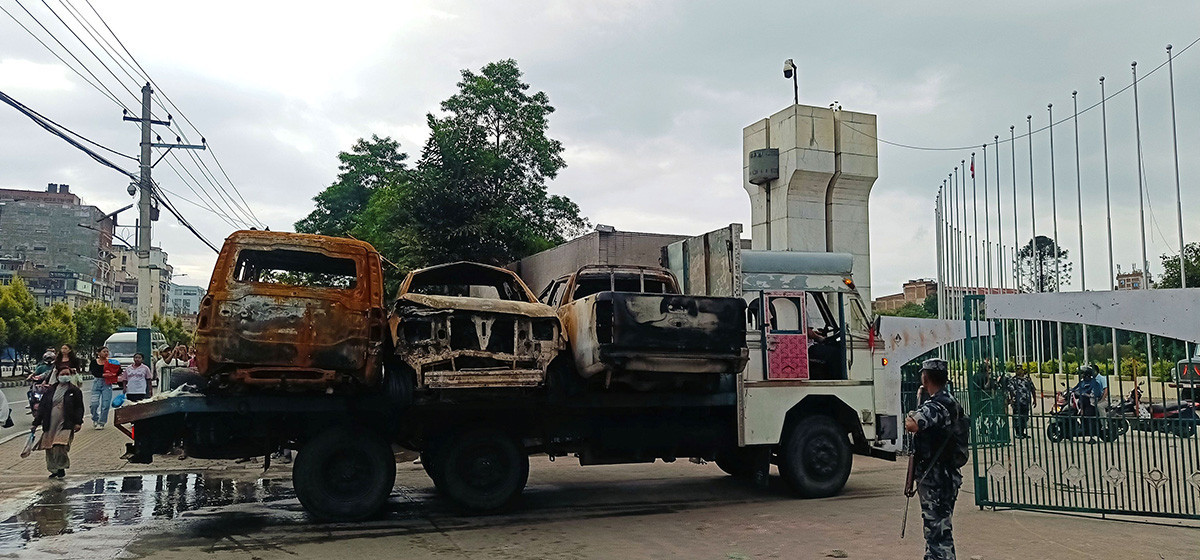A total of 14, 36,400 landless squatters and unorganized settlers have submitted applications with the National Land Commission (NLC) demanding for land ownership certificates. The commission is preparing to distribute the land ownership certificates to around 150,000 families within the next two months. Officials at NLC said 13,50,000 families of squatters and unorganized settlers have applied with the new commission while 80,400 families had previously applied to the old commission seeking land ownership certificates. The current commission has taken into consideration the requests submitted to the old commission and has incorporated them into its records. If everything goes as planned, the NLC officials say they plan to distribute land ownership certificates to approximately 150,000 families in the next two months. As the preparations are to distribute the land ownership certificates, there is a need to take caution to identify genuine squatters and distribute land without any political or ideological considerations. We fear that failure to do so will only perpetuate the problem of squatters in the country.
Revised interest rate corridor system introduced

The problem of squatters has existed in Nepal for a long time. Keeping in view of the problem, each successive government has tried to address the problem, but without much success. In fact, Nepal has already formed a total of 22 commissions in the name of resolving the problem of squatters since 1953. The government has so far formed 14 squatter-related commissions, three land-related high-level land reform commissions and five land registration and management committees. The first land survey commission formed to address the squatters issue was headed by Naradamuni Thulung in 2009 BS. Since then, it has become a tradition to form the Landless Commission under a new name. The NLC, chaired by Keshab Niraula, was formed on September 10, 2021, making it the 22nd commission. The Niraula-led commission was established after 21 previous commissions and committees failed to resolve the squatters’ settlement problem. These commissions and committees formed in the name of landless people have so far provided 47,000 bighas of government and public land to 150,000 squatter families. But the problem does not seem anywhere close to its resolution. Experts rightly argue that the problem could have been largely addressed if those government bodies had tried to identify genuine squatters and acted without partisan interests while distributing the land.
One of the main reasons why the problem of squatters has not been addressed for years is the lack of political commitment to address the problem. As soon as the leadership of the government changes, there is tradition to dissolve the old land commission and form a new one. During the government led by KP Sharma Oli, Devi Gyawali chaired the land related problem resolution commission formed on March 14, 2020. After the fall of the Oli government, the commission was also dissolved and a new commission was formed. As a newspaper, we urge the NLC to work first to identify the genuine squatters and then start distributing the land. The best way would be to first verify their permanent address and check details of at least the previous two generations to make sure that they are genuine squatters. Lack of proper data to ascertain if those claiming to be squatters are genuinely landless has caused serious problems in addressing this problem. As the Niraula-led commission begins preparation to distribute lands, we look forward to seeing it work without any political influence or interference. Only then can we expect the resolution of the problem of squatters in Nepal.



































